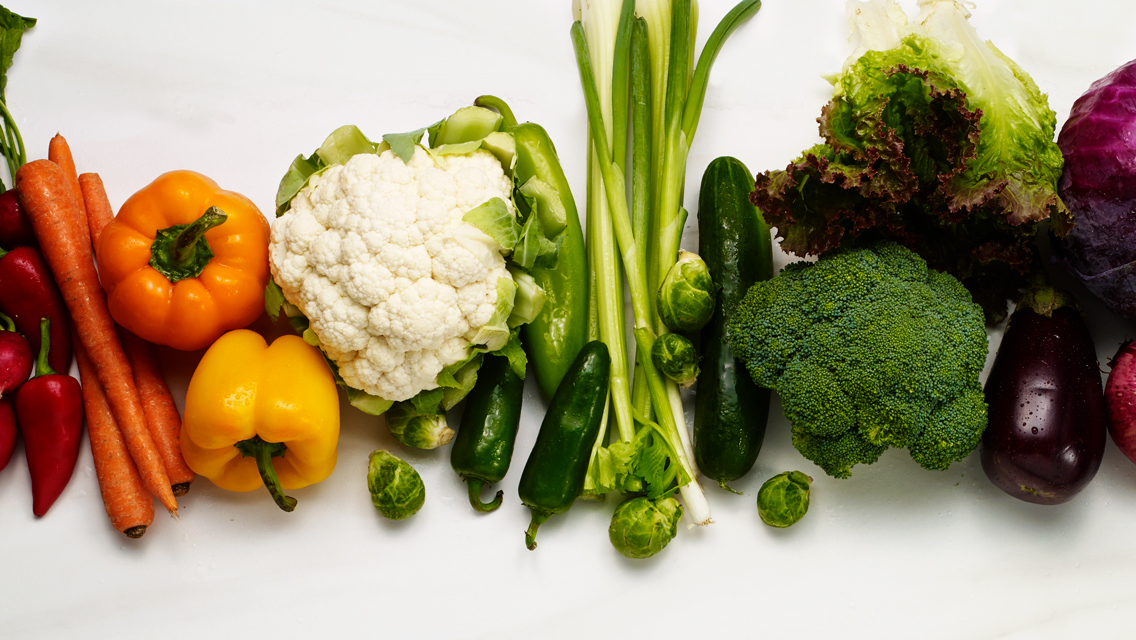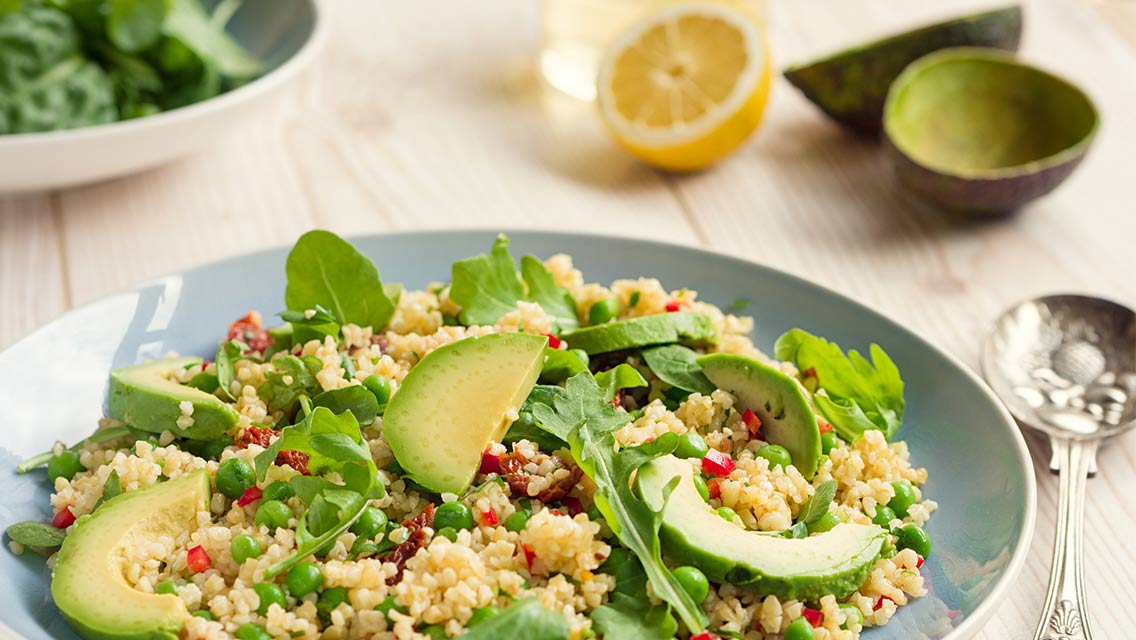“I have found that the best things in life are not only free but also simple. We often look for intricate ways to fix ourselves, and in doing so miss the obvious.” So says nutritional psychologist Marc David, MA, who believes that the simple act of giving attention to eating can heal even the most fraught relationship with food.
“Awareness cures,” says David. “When we are present to what we are doing, that’s where the action is — that’s when we’re living life.”
Here, David shares other thoughts on how to simplify and improve our relationship with food and eating:
Experience Life| You’re an advocate of a practice you call “Whole-Body Eating.” Can you break this down into some simple steps?
Marc David:
The first step is consciously choosing to eat. So much of our eating is automatic — it’s noon, time to eat; everybody else is eating, time to eat; I’m sitting down to watch TV, time to eat. So many of us combine external stimuli with what we eat, and it’s often quite habitual. Wouldn’t it be interesting if every time we were eating, we were making a conscious choice to eat — I’m hungry, and I’ve made a choice to eat. Making a conscious choice to eat starts to bring us into a more mature relationship with food.
Step two is asking your body what it wants. Instead of trying to keep up with every nutritional trend, tune in to your own body’s intelligence about what to eat. I’m talking about the brain in your belly, the enteric nervous system, which is a separate, yet interconnected, nervous system that lives in the gut. In Japan, where they believe that their center of intelligence is in the midsection, when someone says, “I know,” they point to their belly.
Most of us pay attention to our gut intelligence only in extreme situations — e.g., when you are so full it hurts or when you are having hunger pangs. But what about all the thousands of nuances in between? By asking your body what to eat, you are tuning in to body intelligence that often lies below our conscious awareness because we’re just not trained to go there.
Step three is eating with awareness. If you’re going to eat, eat! What I’m talking about is no different than paying attention when you are having a conversation with somebody. When we’re not eating with awareness, the brain cannot fully register sensation and information: “Oh, that tasted good,” or, “Oh, I think I’m kind of full now.” Eating fast and without awareness doesn’t give the brain time to realize what’s going on — which can lead to overeating.
Step four is listening for feedback. Once you eat your meal, you might think you are done, but we can actually participate in the digestive and nutritional process more than we realize. We often don’t make the connection between what we just ate and how we feel, but the body is going to give us feedback — 15 minutes after we eat and 30 minutes after we eat and so on. There’s a good chance that how you feel right now is related to what you ate then. By checking in during the day and listening for feedback, you can start to notice what happens when you eat certain foods. Like, “Hmm, when I eat breakfast cereal or a sweet breakfast bar, I end up craving sugar all morning long.”
Step five is what I call “releasing the meal.” There are a lot of people who carry guilt for having eaten food; they might dislike their bodies or wish they weighed less or were shaped differently. But letting go of the meal means it’s over, it’s done. So what if you ate the chocolate cake? Instead of beating yourself up about it, simply let it go.
EL | What are some easy ways to improve the way we eat?
MD| My core suggestion is to seek out and eat the highest-quality food you can find. To me, this is a way of simplifying good nutritional advice without getting mired in scientific jargon and trends. You increase pleasure and satisfaction in eating while simultaneously eating more nutritious foods.
For example, many people mistakenly end up thinking they “don’t like vegetables” because they’ve never really tasted them as they’re meant to taste. Most mass-market vegetables are grown in nutrient-deficient soil and shipped vast distances, so they tend to be tasteless. Then you have to add more and more flavors to get them to taste like something. That leads to cravings for artificiality and intense sweet or salty experiences, because we don’t get the subtle experiences or full range of natural sensations that should be available in our food. If you get great, in-season, locally produced veggies to begin with, you’re going to have a more nutritious experience and wind up feeling more satisfied.
My favorite foods are really simple. To me, a good, ripe avocado — something I can cut open and eat right away or make into guacamole in about two minutes — gives me a sense of satisfaction that no processed or fussy food can.
This article originally appeared as “Eating, Simplified”.





This Post Has 0 Comments